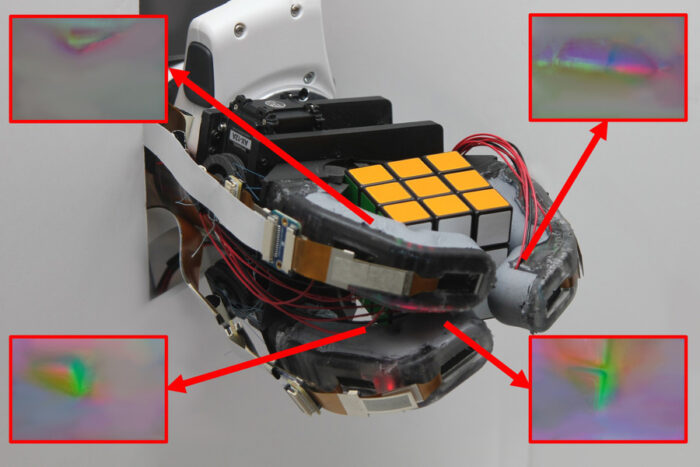by Anna Wells
For Thomas Insights
According to the U.S. Census Bureau, the year 2034 will feature a transformative change in the U.S. population, as the number of people over the age of 65 will exceed the number of children for the first time in history.
As the Baby Boomer generation brings up the average age of U.S. citizens, with it comes a need to explore new ways of caring for the elderly and potentially infirm.
And it won’t be easy. The increased need comes at a time when nurses are in short supply. According to the American Nursing Association, retiring nurses were exceeding new entrants to the field even before the COVID-19 pandemic. Some experts project that by 2030, 1.2 million new registered nurses (RNs) will be needed in order to address the current shortage. The Massachusetts Institute of Technology, or MIT, believes that robotics will play a role in addressing this potential crisis.
According to a recent report, researchers at MIT have developed a prototype for a robotic hand that may solve some of the previous issues around sensors. While robotic hands have been around for some time, they’ve often struggled with grip, especially when it comes to handling soft and pliable objects.
The prototype is a three-fingered hand, and MIT says it can actually identify an object with just one grasp. Inspired by the human finger, these digits are made up of “a rigid skeleton encased in a soft outer layer that has multiple high-resolution sensors incorporated under its transparent ‘skin.’” Using cameras and LEDs, the sensors then capture rich data pertaining to the object, providing about 85% accuracy with just one grasp. Packaged in silicone, this device pairs durability with the soft feel of a human hand.


